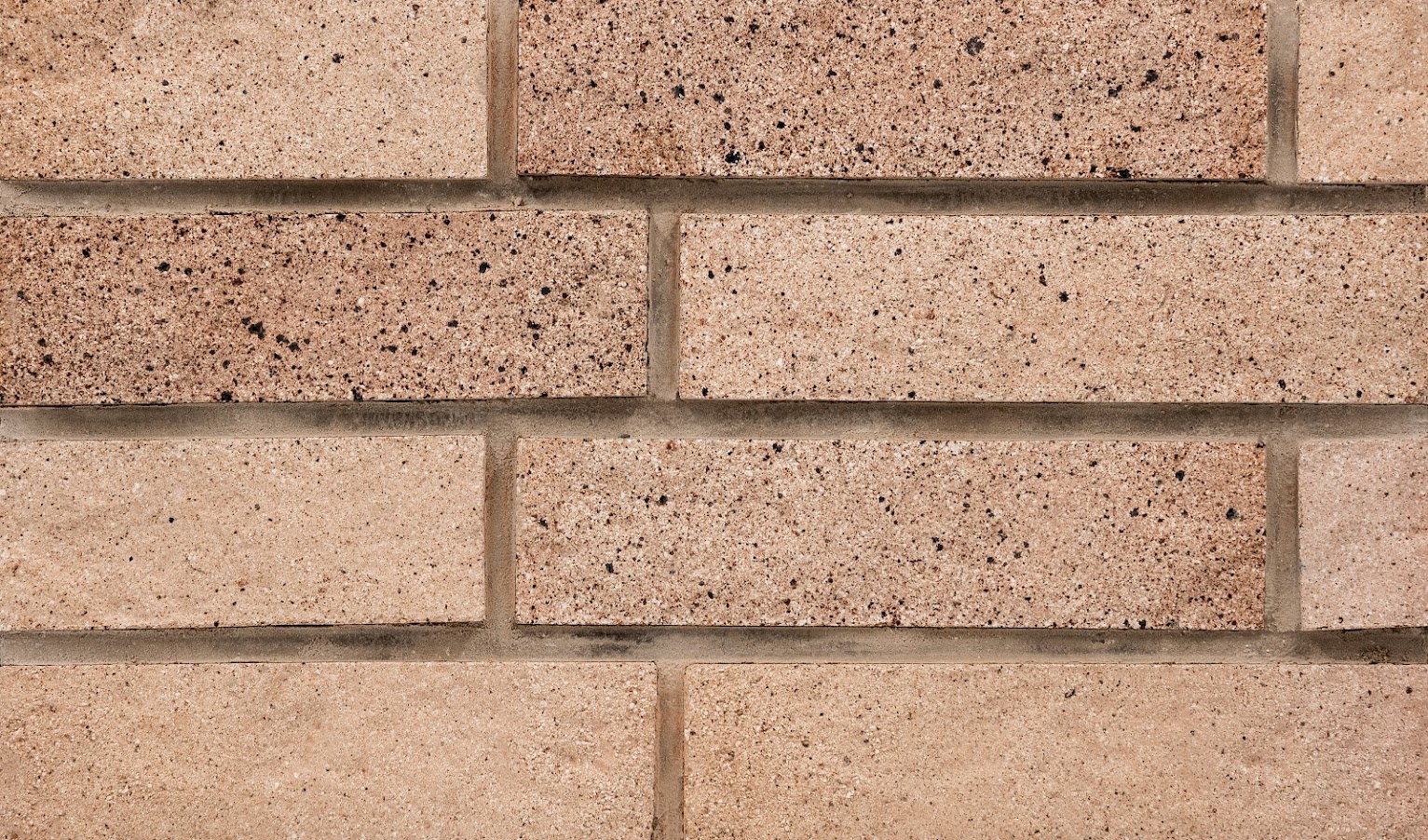Firebricks, known for their ability to endure high temperatures, are an essential component in various high-heat applications such as fireplaces, kilns, and industrial furnaces. However, like any other building material, firebricks have a finite lifespan. The lifespan of firebricks is influenced by several factors including the environment they are used in, the type of brick, and the level of maintenance they receive.
Typical Lifespan in Residential Settings
In residential settings, firebricks are often used in fireplaces, wood stoves, and pizza ovens. Under normal conditions, where the firebrick is exposed to moderate heat, the bricks can last between 15 to 25 years. Proper installation and maintenance significantly extend their lifespan. For example, firebricks in a well-built fireplace that is used occasionally can last decades without needing replacement. On the other hand, firebricks in a frequently used wood stove or oven may experience wear over time, especially if subjected to rapid temperature changes or physical damage.
To maintain the longevity of firebricks in residential settings, it’s important to avoid shocking them with extreme temperature fluctuations. Firebricks are durable but can crack if suddenly exposed to cold water or temperatures far beyond their rated limit. Regular inspection of the bricks, especially after heavy use, can help identify early signs of wear such as cracks or chips.
Industrial Lifespan
In industrial environments, where firebricks are exposed to extreme and sustained temperatures, their lifespan can be shorter. For example, in steel production or glass manufacturing, firebricks may only last 5 to 10 years due to the intense heat and the chemical reactions they are exposed to. The lifespan of industrial firebricks is also influenced by the type of fuel used. Solid fuels like coal can release more impurities during combustion, which may degrade firebricks faster than gas-based systems.
Maintenance is key to extending the life of firebricks in industrial applications. Regular inspections are essential to identify signs of wear or damage. In many industries, companies will replace firebricks on a set schedule to avoid equipment failure.
Factors Affecting Lifespan
Several factors can influence the longevity of firebricks:
- Heat Exposure: Continuous exposure to temperatures above the recommended limits can shorten a firebrick’s lifespan. Some firebricks are rated for temperatures up to 2,000°F (1,093°C), but prolonged exposure to these temperatures may still cause wear over time.
- Physical Damage: Firebricks can crack or chip due to physical impacts or rapid temperature changes. In both residential and industrial settings, it is crucial to ensure that firebricks are not exposed to extreme temperature fluctuations, which can cause thermal shock.
- Chemical Exposure: In industrial settings, firebricks can be exposed to various chemicals, including corrosive gases and slag, which can degrade the material faster than heat alone. 4. Maintenance: Regular cleaning and inspection can significantly extend the lifespan of firebricks. Replacing damaged bricks promptly can prevent further deterioration of the surrounding bricks.
Conclusion
Firebricks have a relatively long lifespan when used in appropriate conditions, but like any material, they will eventually wear out. Residential applications tend to offer longer lifespans, while industrial applications may shorten the lifespan due to extreme conditions. However, with proper maintenance and regular inspections, firebricks can serve their purpose effectively for many years.



